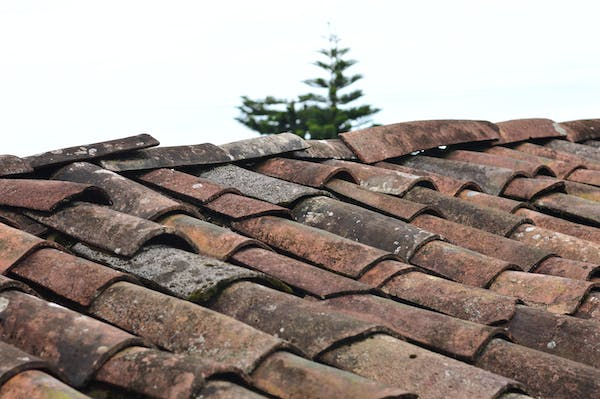1. Seek Professional Maintenance
Regular maintenance also includes cleaning the gutters and removing any debris or algae growth, which can cause water damage and accelerate roof deterioration. Roofers at MonarchRoofing.biz recommend scheduling a maintenance check at least twice a year, preferably in the spring and fall. Regular professional maintenance ensures your roof stays in top condition, potentially adding years to its lifespan.
2. Keep an Eye Out for Signs of Damage
Inside your home, watch for signs like water stains on the ceiling, peeling paint, or the presence of mold, as these could indicate roof leaks. If you notice any of these signs, it's essential to contact a professional roofer promptly for a more thorough inspection. This proactive approach can help address damage promptly, preventing further deterioration of your roof and potentially saving you significant repair costs.
3. Invest in Quality Materials and Installation
Choosing a reputable roofing contractor ensures proper installation, eliminating potential issues caused by poor workmanship. A well-installed roof with quality materials requires fewer repairs, reducing downtime and expenses for homeowners. Remember, a robust roof is a worthwhile investment, enhancing your home's appeal and protection against the elements.
4. Regularly Clean and Maintain Your Roof
Regularly cleaning your roof and gutters can prevent these issues from occurring and keep your roof in top shape. It is essential to use the right tools and techniques when cleaning your roof, as using harsh chemicals or pressure washing can cause more harm than good. Consider hiring a professional for this task to ensure it's done safely and effectively.
5. Act Fast When Repairs are Needed
If you notice any signs of damage or aging on your roof, don't hesitate to contact a professional roofer for an inspection. They can provide recommendations on the best course of action to address any issues and help extend the lifespan of your roof.
6. Monitor Roof Flashing and Sealants
Sealants, such as caulking or roofing cement, are also critical in keeping your roof watertight and preventing leaks. However, these sealants can dry out or crack over time, rendering them ineffective. Regularly check the condition of sealants around vents and other openings on your roof and replace them as needed.
Proactive maintenance, regular inspections, prompt repairs, and using quality materials are all key components in extending the lifespan of your roof. By following these tips, you can save yourself from potentially costly repairs or a premature replacement of your roof. Remember, a well-maintained roof not only protects your home but also adds to its value and curb appeal.








No comments
Thank you for dropping by! I would love to hear what you thought. :)
Thanks!
♥,
Diana